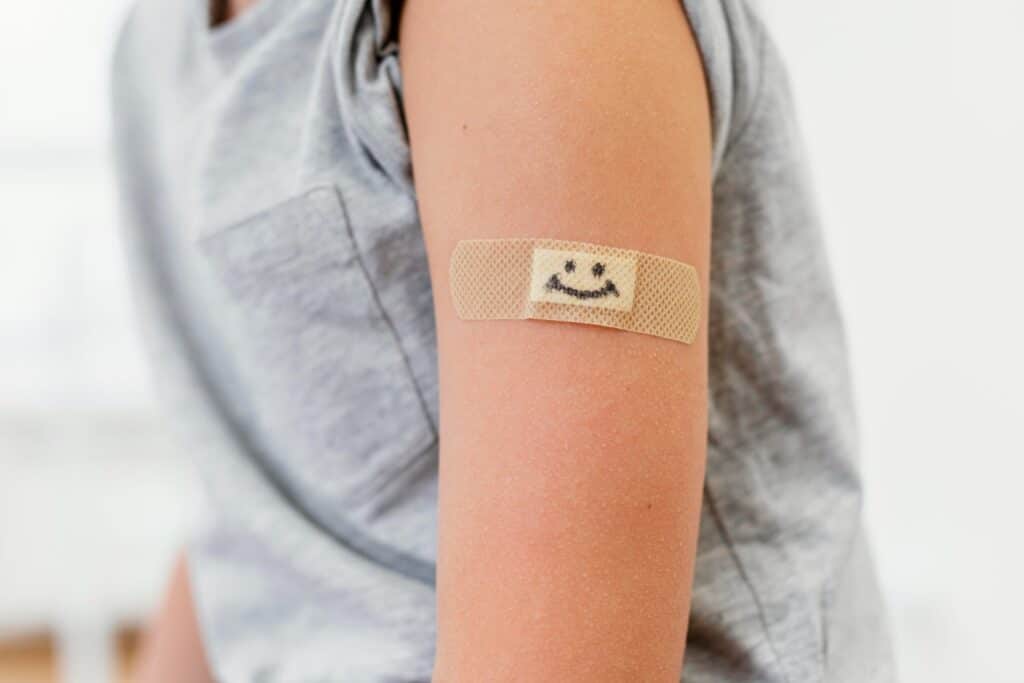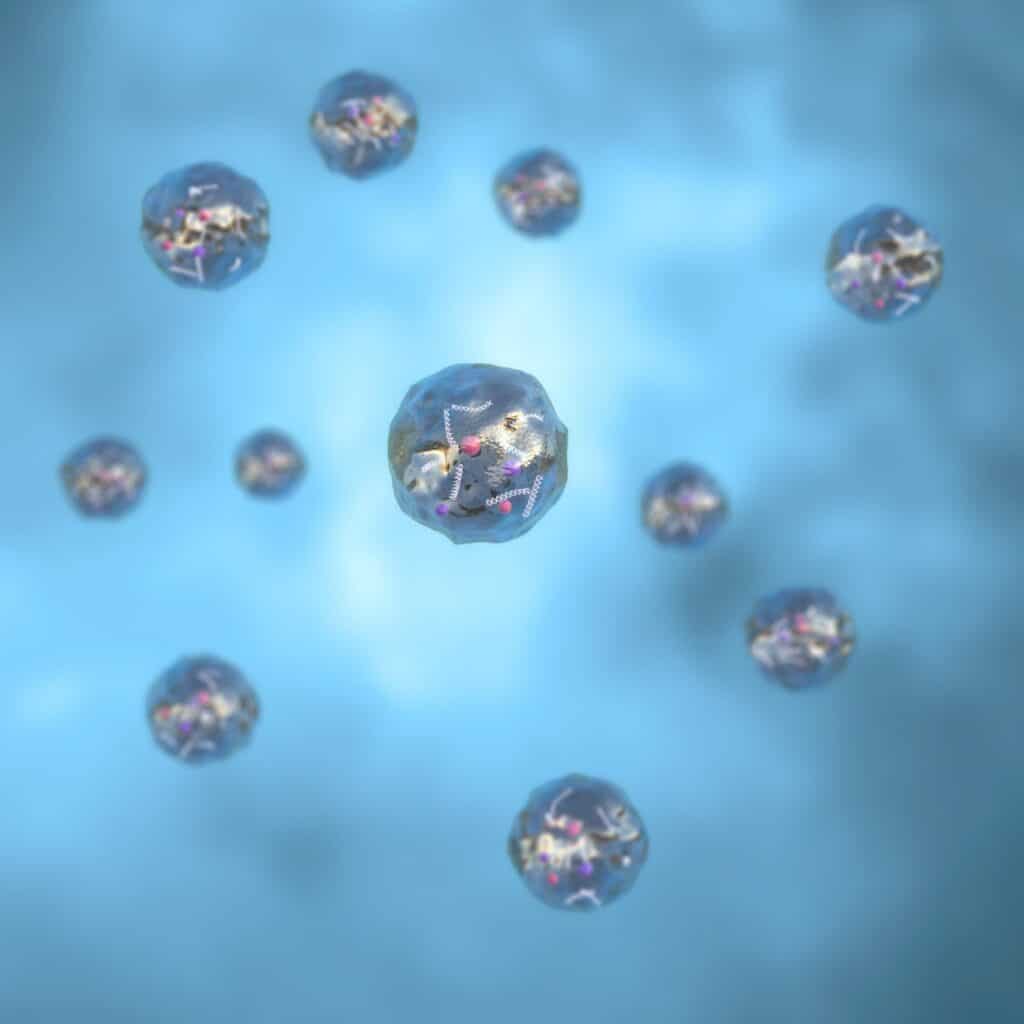Unlocking the Potential: Exosomes for Optimized Wound Healing

Introduction
Wound healing is a complex biological process crucial for the restoration of tissue integrity and functionality. In recent years, exosomes have emerged as promising tools in the field of regenerative medicine, offering new possibilities for optimized wound healing. This article explores the role of exosomes in wound healing, their mechanisms of action, and their potential applications in clinical settings.

Understanding Exosomes
Exosomes are small extracellular vesicles that play a vital role in intercellular communication. They are secreted by various cell types, including mesenchymal stem cells, platelets, and immune cells. These vesicles are characterized by their lipid bilayer structure and contain a diverse cargo of proteins, lipids, and nucleic acids. The composition of exosomes reflects their cellular origin and determines their specific functions.

Mechanisms of Wound Healing
To understand the impact of exosomes on wound healing, it is essential to grasp the underlying mechanisms of this intricate process. Wound healing involves three main phases: inflammation and immune response, cell migration and proliferation, and extracellular matrix remodeling. Each stage requires orchestrated cellular interactions and molecular signaling.
Exosomes in Wound Healing
Exosomes contribute to wound recovery by delivering bioactive molecules to target cells. They act as carriers of growth factors and cytokines, including platelet-derived growth factor, transforming growth factor-beta, and vascular endothelial growth factor. These growth factors play crucial roles in promoting cell proliferation, angiogenesis, and tissue regeneration. Furthermore, exosomes modulate inflammation and immune responses, fostering a favorable microenvironment for wound healing.
Sources of Exosomes for Wound Healing
Various cell types serve as sources for exosomes used in wound recovery therapies. Mesenchymal stem cell-derived exosomes have gained considerable attention due to their immunomodulatory and pro-regenerative properties. Platelet-derived exosomes, rich in growth factors, possess potent angiogenic effects. Adipose tissue-derived exosomes also exhibit regenerative potential. Moreover, ongoing research explores the potential of exosomes derived from other cell types for optimized wound healing.
Isolation and Characterization of Exosomes
To harness the therapeutic potential of exosomes, proper isolation and characterization techniques are crucial. Common methods for exosome isolation include ultracentrifugation, size exclusion chromatography, immunoprecipitation, and microfluidic-based techniques. Characterization techniques, such as electron microscopy, nanoparticle tracking analysis, flow cytometry, and proteomic/genomic analysis, aid in confirming the identity and integrity of exosomes.
Application of Exosomes in Wound Healing
Exosomes can be applied in different forms for wound recovery purposes. Topical administration of exosomes directly delivers therapeutic cargo to the wound site. Dressings and scaffolds incorporating exosomes provide sustained release and enhanced wound recovery effects. Injectable exosome-based therapies offer precise delivery and distribution within the wound area, facilitating tissue regeneration.
Preclinical and Clinical Studies
Preclinical studies using animal models have demonstrated the efficacy of exosomes in promoting wound healing. These studies showcase accelerated wound closure, enhanced tissue regeneration, and improved functional outcomes. Human clinical trials focusing on chronic wounds, diabetic foot ulcers, and burn wounds have also shown promising results, highlighting the translational potential of exosome-based therapies.
Challenges and Future Directions
Despite the immense potential of exosomes, several challenges remain. Standardization of exosome isolation and characterization techniques is necessary to ensure consistent quality and reproducibility. Optimization of exosome delivery methods, such as targeted delivery and sustained release systems, will enhance their therapeutic efficacy. Long-term safety and regulatory considerations are crucial factors that need to be addressed before widespread clinical adoption.
Conclusion
Exosomes offer a novel approach to optimized wound recovery, leveraging their unique ability to deliver bioactive molecules and modulate cellular processes. The field of exosome-based therapies holds tremendous promise for addressing the significant medical need for effective wound healing treatments. Continued research and development in this field will unlock further potential and revolutionize the future of wound care.